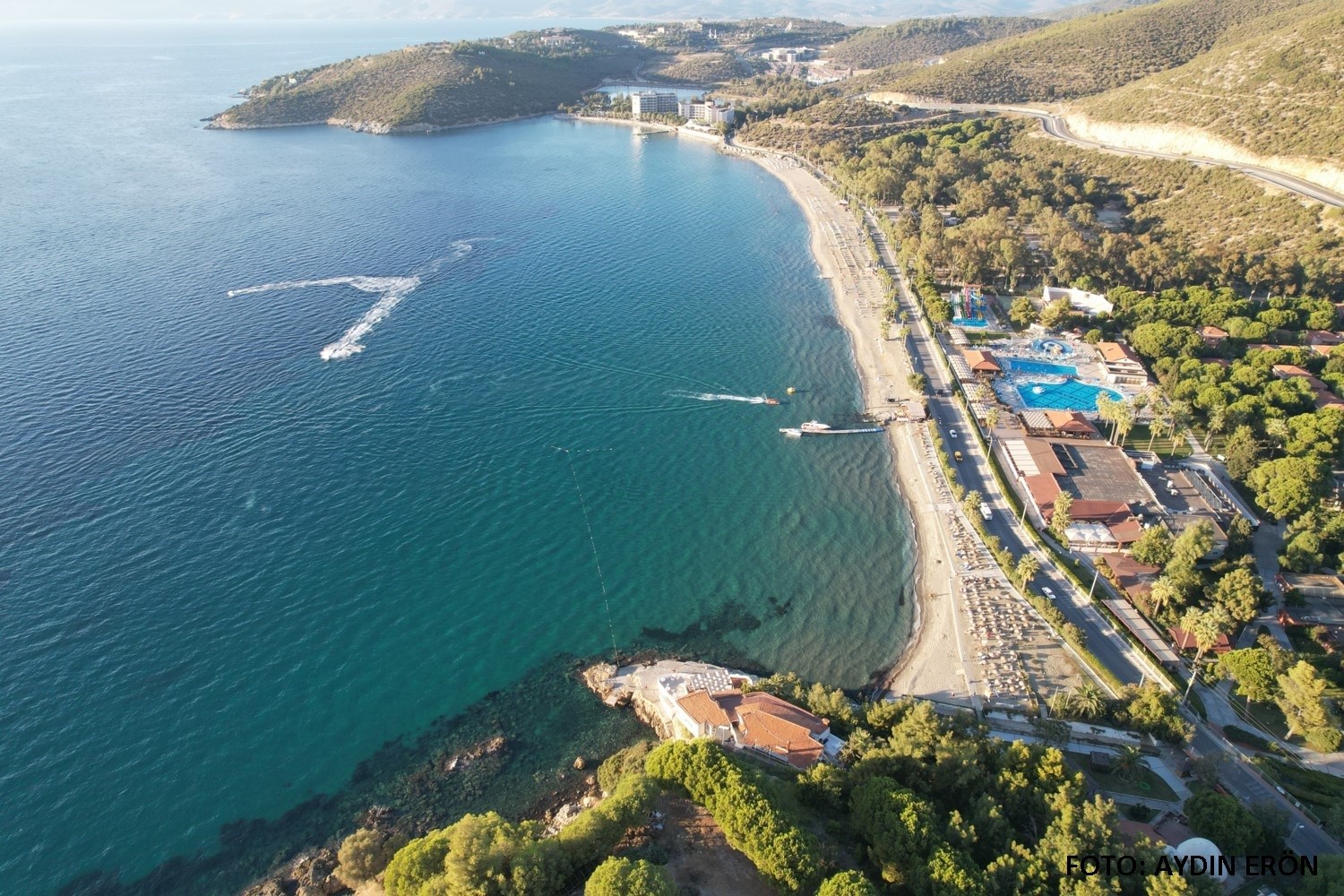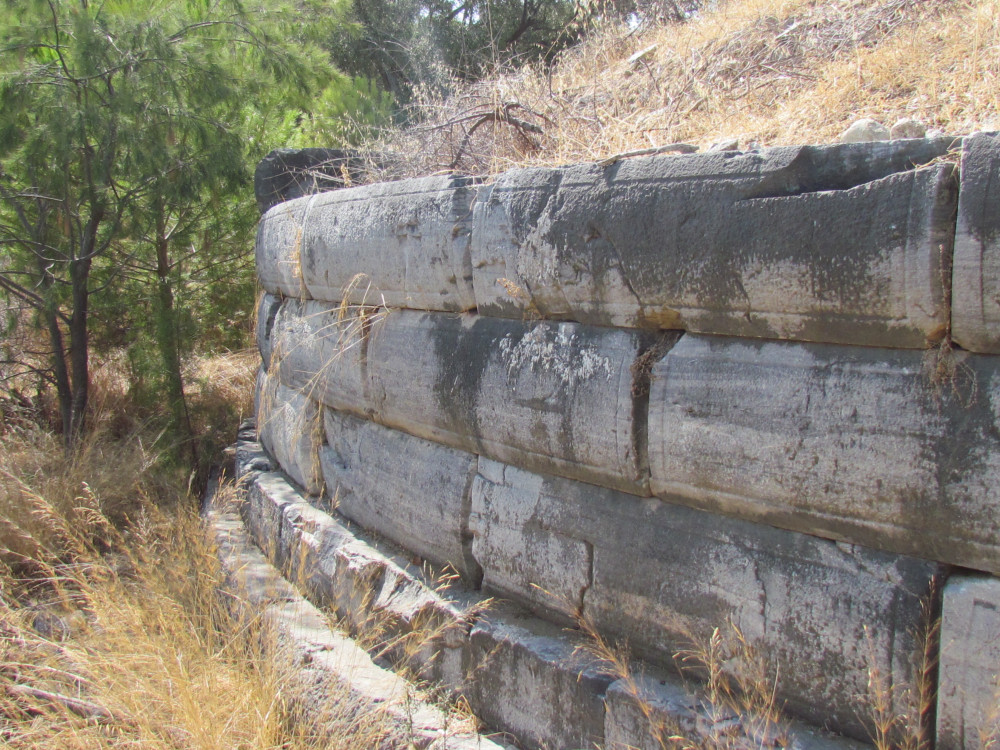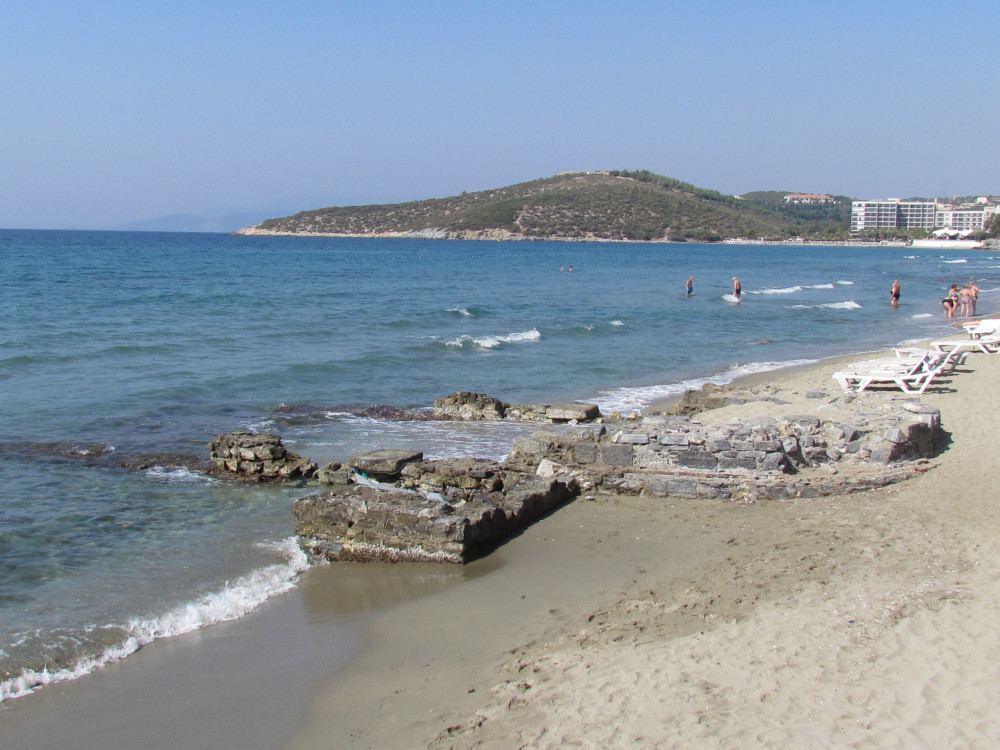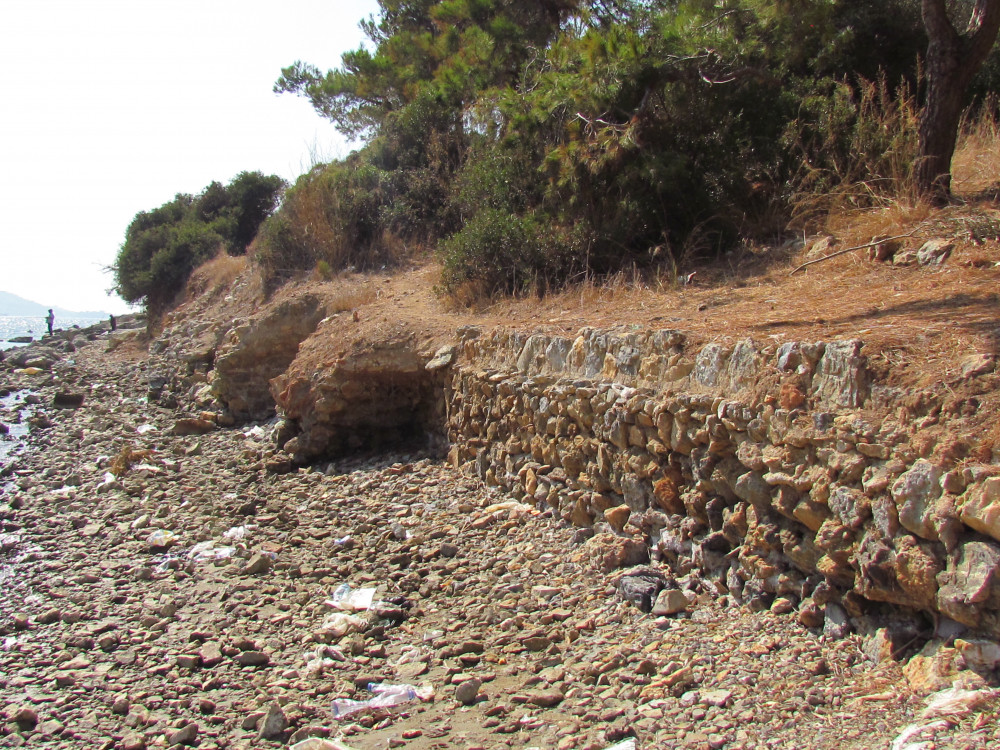ANCIENT HEALING CITY of PYGELA
Legendary Origins and Relics of Pygela



The ancient city of Pygela holds a special place in Anatolian history, first mentioned in the “Geographika” by the renowned historian Strabo. According to legend, this site was chosen by the famous commander Agamemnon and his soldiers during the Trojan War based on the advice of prophets. After suffering from infectious diseases that affected their thighs, they were told that the cure for their ailment could be found in this very location. Agamemnon and his troops settled here during their recovery, establishing the ancient city of Pygela.
The city of Pygela, also known as Phygale, served as a refuge for Agamemnon’s wounded soldiers and a place to repair his fleet during the Trojan War. Strabo also records the existence of the Temple of Mumkia, dedicated to the Goddess of the Moon, which once stood in this city.
The name Phygale is believed to have been derived from the disease that plagued Agamemnon’s forces. Under the rule of Alexander the Great, the city was transformed into a center for healing and entertainment, attracting those in need of medical care and respite.
Recent archaeological excavations have uncovered numerous relics and ceramics, many of which are now displayed in the Aydın Museum. However, much of the site remains unexplored, with only partial views of the city walls, building foundations, and remnants of the harbor visible today. The mysteries of Pygela continue to captivate historians and visitors alike, drawing them to this ancient site in search of its legendary past.
